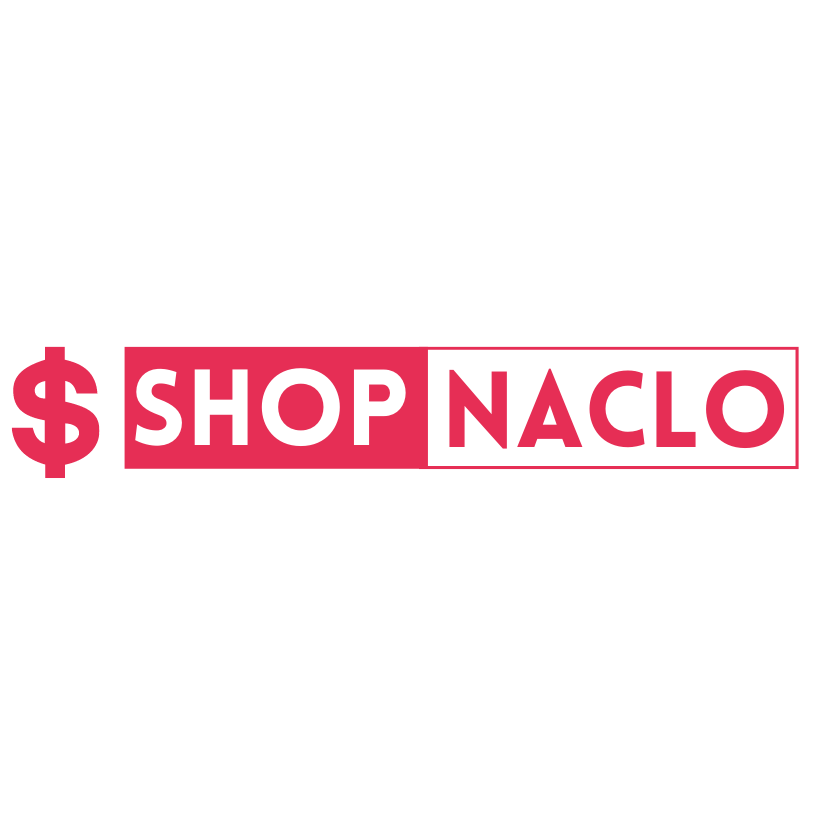Every software team faces the same challenge: how to maintain high product quality without exhausting the QA budget. Test automation is an obvious solution, but choosing the wrong tool can lead to unexpected costs in licensing, training, and long-term maintenance.
Robot Framework has become a favorite among QA teams looking to maximize testing ROI. It is an open-source, keyword-driven automation tool that helps teams reduce costs while improving efficiency and test coverage. Investing in Robot Framework is a smart move for organizations that want to stretch their QA budgets without compromising quality.
Understanding the QA Budget Challenge
Quality assurance can become expensive quickly. The main cost drivers usually include:
- Licensing fees: Many commercial testing tools charge yearly or per-user fees.
- Infrastructure: Running automated tests across multiple environments can require additional resources.
- Training: Complex tools demand specialized skills, leading to higher training expenses.
- Maintenance: Keeping test scripts and frameworks updated can consume both time and money.
As release cycles get shorter and expectations for high-quality software grow, QA teams often struggle to control these costs. Proprietary tools can provide power, but they can also lock teams into high subscription fees and steep learning curves.
What Is Robot Framework?
Robot Framework is an open-source automation tool designed to simplify testing across a wide range of technologies. It is keyword-driven, meaning tests are written using human-readable keywords rather than complex code. This makes it more accessible to testers who do not have deep programming expertise.
Robot Framework supports web, API, desktop, and mobile testing, making it a versatile solution. It has a strong ecosystem of libraries and plugins that extend its capabilities. Because it is open source, there is an active community of developers who maintain these libraries and provide support when needed.
Why Robot Framework Saves Money
Cutting QA costs does not mean compromising on quality. The key is to invest in tools that deliver maximum value with minimal overhead. Robot Framework stands out because it reduces spending across several areas that usually drive QA budgets higher. Here is how it helps save money:
- No Licensing Fees
Robot Framework is completely free to use. Unlike proprietary tools that can cost thousands per year per seat, you will not pay licensing or renewal fees. This is especially helpful for growing teams or startups where every dollar counts.
- Lower Training Costs
Because Robot Framework uses keywords, tests are easier to write and understand. Manual testers and business analysts can contribute to test automation with minimal training. This reduces the need to hire highly specialized engineers for every automation task.
- Reusable Test Assets
The framework encourages the creation of reusable keywords and modular test cases. Once you define a keyword, it can be reused across multiple tests, reducing script duplication and long-term maintenance.
- Cross-Technology Support in One Tool
Many companies pay for separate tools to test APIs, web interfaces, and desktop applications. Robot Framework provides libraries that allow all of these to be tested within one environment. This simplifies tool management and reduces overall costs.
When combined, these benefits help teams significantly lower the total cost of ownership for test automation. By avoiding licensing fees, reducing training time, and streamlining test development, Robot Framework allows organizations to focus their budget on innovation rather than expensive tooling.
Boosting ROI with Robot Framework
Saving money is only part of the equation. A truly smart QA investment also delivers a strong return by improving speed, scalability, and overall test effectiveness. Robot Framework helps teams maximize the value of every hour and dollar spent on automation.

Here is how it drives higher ROI:
Faster Test Development and Execution
Reusable keywords and a simple test structure allow teams to build automated tests quickly. Parallel execution features also shorten feedback cycles, helping developers find and fix bugs faster.
Scalable for Agile and DevOps
Robot Framework integrates smoothly with CI/CD pipelines, making it ideal for modern Agile and DevOps practices. As your application and test suite grow, the framework scales without requiring costly new tools or infrastructure.
Strong Community and Ecosystem
Robot Framework has a large and active community that constantly builds new libraries and extensions. Many of these are free, which can save teams from developing custom solutions or paying for third-party add-ons.
By increasing productivity, supporting modern development workflows, and taking advantage of a vibrant open-source ecosystem, Robot Framework ensures your automation efforts continue to deliver value as your software grows and evolves. It is not only about reducing costs but also about creating long-term efficiency and maximizing every QA investment.
Comparing Robot Framework to Other Tools
Many commercial testing solutions come with high licensing fees and steep learning curves. While Selenium and Appium are popular open-source options, they often require more programming expertise and do not provide the same simple keyword-driven approach.
By contrast, Robot Framework offers the best of both worlds: open-source freedom with a beginner-friendly design. Teams can ramp up quickly and achieve significant automation coverage without spending heavily on training or tool licensing.
For example, a small QA team that switches from a commercial tool costing $1,000 per user annually to Robot Framework could save thousands of dollars each year while maintaining the same or better test coverage.
Ideal Practices for Maximizing ROI with Robot Framework
- Invest in a clear keyword structure: Organize your tests with well-named, reusable keywords.
- Leverage CI/CD integration: Automate test runs to catch issues early and reduce manual effort.
- Encourage cross-functional collaboration: Allow business analysts, QA testers, and developers to contribute.
- Use community libraries: Take advantage of free, prebuilt libraries before building custom ones.
These practices help teams get the most value from the framework and maintain a low cost of ownership.
Conclusion
Robot Framework is more than just an open-source testing tool. It is a strategic investment for teams that want to maximize QA impact while keeping costs under control. Its free licensing, ease of use, strong community support, and wide technology coverage make it an excellent alternative to expensive proprietary tools.
By adopting Robot Framework, QA teams can spend less on tools and training while achieving faster, more scalable test automation. If you are looking for a way to stretch your QA budget without sacrificing quality, Robot Framework is a smart choice.



